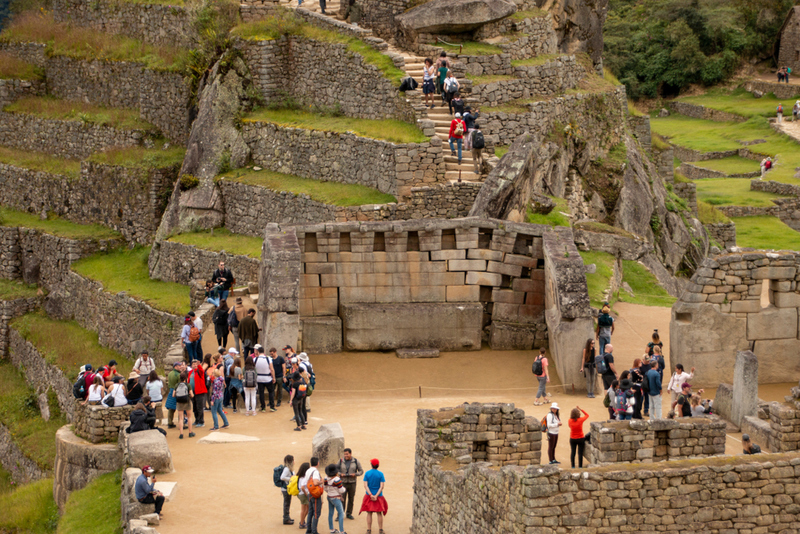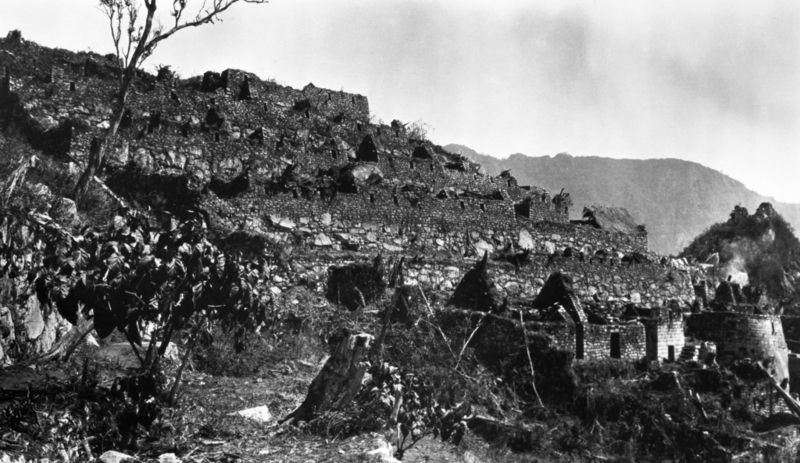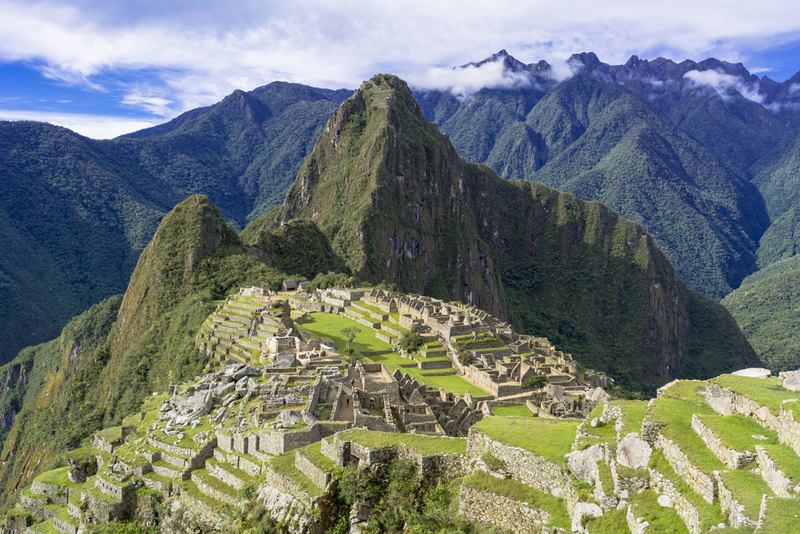The ruins of Machu Picchu have spurred many myths and legends. The monument inspires travelers, adventure seekers, and history buffs every year. Over a quarter-century later, Machu Picchu continues to reveal its many secrets. We delve into a few lesser-known stories about Peru’s most iconic landmark.

Stones that “dance”
The Inca empire was master builders and engineers. Machu Picchu and other buildings of the time used no mortar. Regardless, each stone was cut meticulously and wedged tightly together. The building method served a dual purpose. It enhanced the beauty and aesthetic appeal of buildings throughout the Inca Empire. The stones also protected structures from earthquakes. Peru is no stranger to earthquakes, with several places having borne the brunt of seismic activity throughout history.

Machu Picchu stands on top of two fault lines. During earthquakes, the stones would “dance” – moving or bouncing through the tremors and settling back down once seismic activity subsided.
Lost city or pilgrimage destination?
We know explorer Hiram Bingham III arrived at Machu Picchu in 1911. But he was searching for a different city called Vilcabamba. Vilcabamba was a hidden city where the Inca took refuge after the Spanish conquistadors arrived. Years after landing on the island, Bingham maintained that Vilcabamba and Machu Picchu were the same cities. His theory was incorrect. Most historians cannot agree on whether Machu Picchu was ever a “lost” city. Farmers were reportedly living and thriving at the site when Bingham arrived.

A new theory suggests that Machu Picchu could have served a ceremonial purpose. The Inca may have built the stunning Inca Trail for pilgrims traveling from Cusco to Machu Picchu. The road took pilgrims through beautiful but incredibly tough terrain. But why build a barely indiscernible path instead of simply walking along the banks of the river? Like any pilgrimage, the road was not supposed to be easy. The trail recreated the celestial journey of the first Inca when they first left the Island of the Sun. The pilgrims would end the journey at the Intihuatana Stone – the highest spot in the central ruins of Machu Picchu.
Why did Machu Picchu remain hidden?
The Inca abandoned the city for over a century. They feared the invasion and subsequent looting by Spanish conquistadors. To prevent this from happening, the Inca burnt the surrounding forest. The dense re-growth hid any signs of trails to Machu Picchu, which remained hidden until Bingham arrived in 1911.
Most of it is Underground
Nobody forgets the first glimpse of Machu Picchu standing high on the slopes of the Andes. The impressive ruins and their granite walls are breathtaking. But if you think that’s impressive, take a closer look. About 60 percent of the city is underground. A series of drains, walls, and fountains twist and turn through the ground. Remember that Peru receives a LOT of rainfall. These hidden, unobtrusive structures go deep underground, forming the foundations of a drainage system that helped Inca buildings withstand the rains. It seems the Inca had thought of everything.